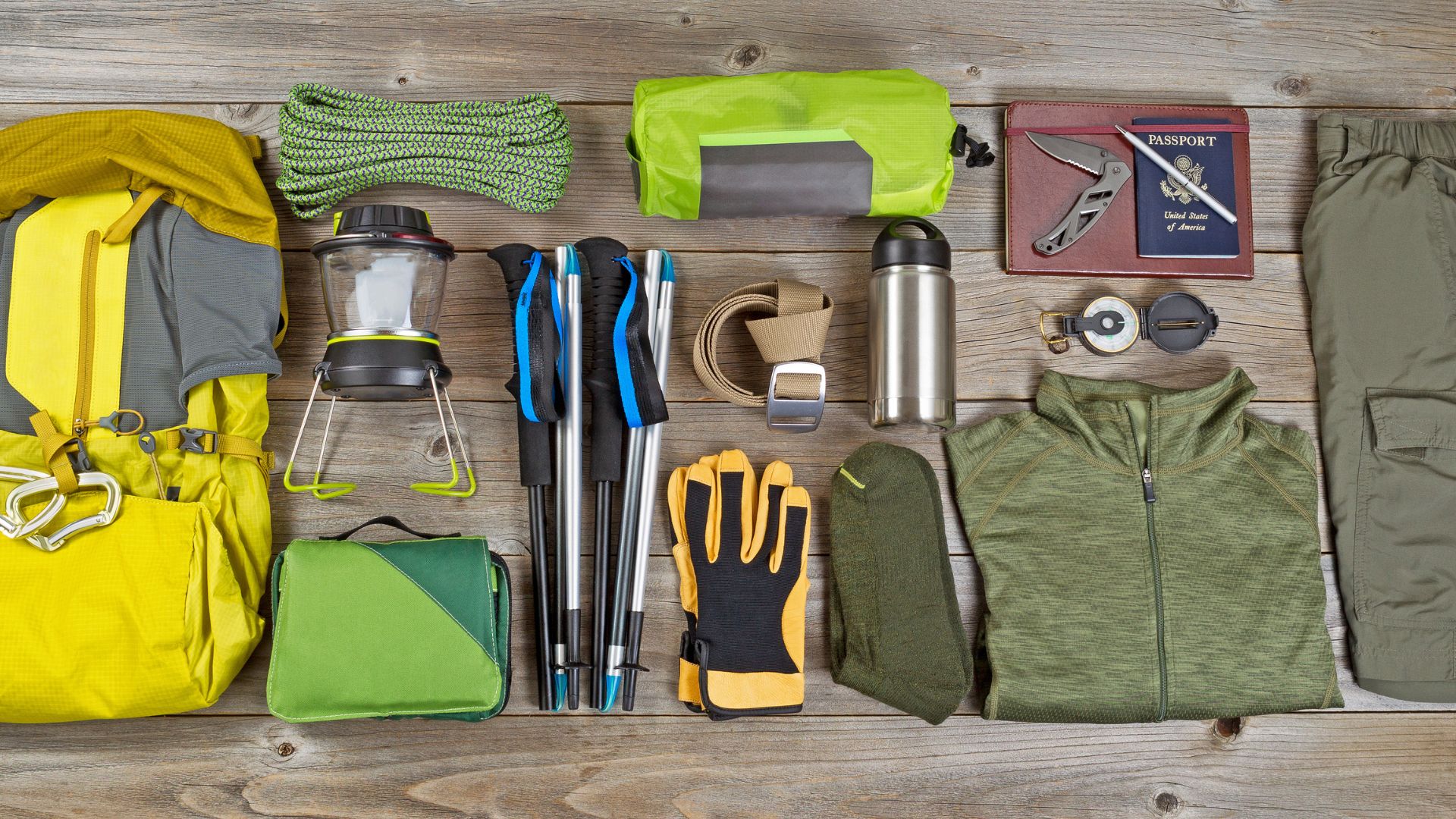Protect Yourself With UV Protection Outdoor Clothing

Sunlight can bring many joys of outdoor living, but it also comes with potentially harmful ultraviolet (UV) rays which can cause sunburn and premature skin aging. Wearing UV protection clothing gives you more control over how much UV radiation reaches you – and can add greatly to the enjoyment of outdoor activities!
Fabrics rated UPF 15 or higher filter out only one-fifth of the sun’s UV rays and provide soft, breathable protection from chlorine and salt water environments.
Fabric
Fabric choice plays a critical role when it comes to UV protection. Closely woven fabrics with smaller holes provide more UV shielding than looser weaves or lighter colors which allow more sun into your skin. Synthetic fibers like polyester tend to offer superior UV defense compared to natural materials like cotton or rayon.
Clothing labeled with a UPF rating of 30 or greater protects from at least 1/30th of UV radiation from entering. Clothing with UPF 50 protection allows less than 2%.
Make sure you wear long sleeve shirts and pants, along with a UPF-rated fabric hat for optimal coverage. Be aware that UPF fabric may lose its rating over repeated washings; therefore be sure to follow care instructions when washing these garments. Quick-dry fabrics will also assist as moisture can reduce its effectiveness of UV protection.
Color
The sun represents outdoor adventure, but its UV radiation also poses serious health risks for outdoor adventurers. UV rays damage cells that make up the epidermis layer, leading to blemishes, wrinkles and premature aging of skin cells.
Fieldsheer UV protection outdoor clothing provides an essential physical shield that limits UV radiation that reaches your skin, protecting both health and enjoyment of outdoor adventures.
Color and fabric construction play an essential role in determining UV protection of sun apparel. Darker hues block more UV rays from reaching your skin, while thicker fabrics offer greater UV defense than thinner ones. Furthermore, adding chemical UV absorbers or dyes further increase UV protection of sun apparel.
UPF ratings indicate how much UV radiation from the sun’s UV rays can pass through fabric and reach your skin. A fabric rated UPF 30 allows only 1/30th of those harmful rays to reach you while one with UPF 50 allows no more than 2 percent to do so.
Fit
Over time, fabrics may lose their UV protection and require frequent reapplication of sunblock. To help counter this effect, many manufacturers utilize a finish on UV protection outdoor clothing designed to withstand repeated washes while still retaining its UPF rating.
Color can also have a major influence on UPF ratings of clothing; darker hues block more UV radiation than lighter tones, with denim, canvas and wool densely woven fabrics providing greater UV radiation blocking than lighter synthetic or natural fibers. Many UV protective clothing is even treated with dyes or chemical UV absorbers to enhance performance and optimize UV absorption.
Alternatively, one way of measuring garment UV protection is through laboratory tests which measure its ability to block UVB rays responsible for sunburn. A lab test measures how much of these UVB rays pass through fabric at different wavelengths while simulating usage conditions (like wet conditions). The higher its UPF rating is, the fewer damaging UV rays can reach skin.
Style
An UV protection shirt and hat can allow you to enjoy sunny days without constantly applying sunscreen. These articles of clothing protect against the harmful UV radiation released by the sun as well as welding torches, tanning beds and even cloud cover and smog that can lead to sunburns, wrinkles and skin cancer.
UV-protective clothing blocks most UV rays by either weaving tightly woven fabrics together or impregnating them with chemicals, creating soft yet chlorine- and salt-resistant fabric that feels comfortable against your skin. When searching for such clothing, look for those independently tested at independent labs, certified by the Skin Cancer Foundation.
UV-protective clothing comes in both casual and active styles. When shopping, look for clothing that covers as much skin as possible, such as shirts or dresses paired with wide-brimmed sun hats to keep the sun out of your face. In addition, consider packing water-resistant sunscreen as extra precaution.
